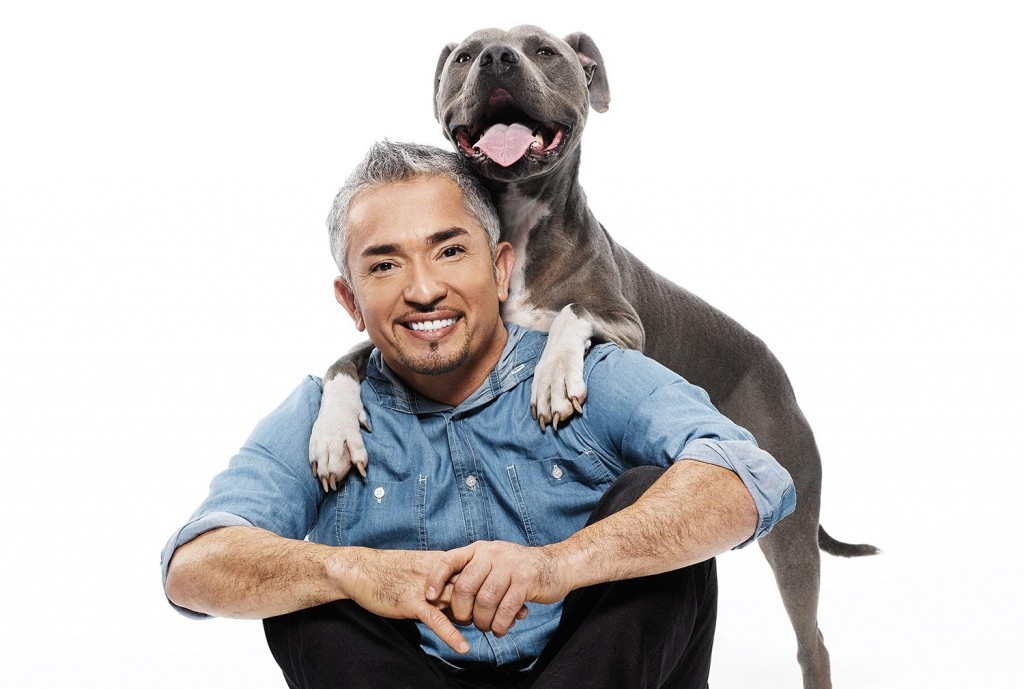
I grew up loving National Geographic; back then, a magazine, not a TV channel. As kids, we got the National Geographic Kids magazine every month – my grandma always got us a subscription. As I got older, I got into the adult magazines – half thanks to my lifelong obsession with animals, and half because a little part of me always thought I’d grow up to be Indiana Jones (I still haven’t lost hope entirely on that one, though nearing thirty maybe I need to get a bit realistic…)
When I became an adult, still with my passion for animals and adventure, and with a love of writing, I toyed with the idea of becoming a journalist, with the goal of writing for National Geographic – I envisioned myself in the rain forest, or war torn areas, or even the arctic. I even collected old copies of National Geographic – in fact, I’m pretty sure in my dad’s basement somewhere we still have some magazines from the 1800s that I found at a used book sale one time.
All of this to say that those magazines meant a lot to me – they allowed my adventurous, nerd self to thrive; they opened my eyes to creatures I’d never heard of and cultures I’d never experience. And, they were always scientifically interesting and factual.
Then I grew up, and became a dog trainer. Have you guessed yet where I’m going with this?

You know who that guy is, right? Probably the most famous dog trainer there is – the one and only Cesar Millan. TV star of Leader of the Pack, Dog Whisperer, and Cesar911, Cesar takes on “red zone” (read: behavioural issues) dogs and fixes them. On TV!
Here’s the thing: I get it. Really. I am sure his show makes a ton of money, and let’s face it: thrashing, snarling, snapping dogs make great TV. But a trainer who makes dogs thrash, snarl, and snap does not make a good trainer.
What I do, on the other hand? If I’m working on behaviour modification with a dog who is dog reactive, and I’m doing my job well, there won’t be a single bark or growl in a training session. And let’s face it: that doesn’t make good TV.
What Cesar does essentially, is constantly put dogs over threshold. He deliberately forces dogs into situations that they are uncomfortable with. His theory, I think, is that it forces the dogs to work through their issues. The reality is that, when a dog is over threshold, the dog isn’t in a headspace where they are able to learn. Let’s use the analogy of someone who is scared of swimming – a good trainer might get the person comfortable around the pool, then with their feet in the pool, then in the shallow end, etc. Cesar would throw them in the deep and hold them there until they stop fighting. Would that make you less scared of swimming? Or more? But again, if it were on TV, which is more exciting? Someone thrashing and crying in the deep end, or someone sipping a cocktail with their feet in the water?
In my view, if I threw someone in the deep and held them down, I am traumatizing that person, and likely making their fear worse, not better.
Let’s talk about dog behaviour for a second. If my dog is scared or nervous, they’re going to try to communicate that to me. The first ways as subtle; whale eyes, or displacement behaviours – that is to say, my dog doing a normal behaviour (yawning, shaking off) when there is no reason to (they aren’t tired, aren’t wet). If that doesn’t fix the situation, they’ll perhaps avoid eye contact, or back away from whatever is scaring them. If I still don’t remove them from the situation, they may try to communicate their fear by growling and showing teeth, and if that doesn’t work, they may air snap. If that still doesn’t work, they will resort to biting.
So let’s imagine I am walking down the street with a dog, and another dog is coming toward us, and my dog is scared of other dogs. My dog freezes and tries to back away. If I allow us to back away, my dog learns “good, mom understands when I am communicating that I’m uncomfortable.” If I keep trying to drag her toward the other dog, she will think, “Hm, backing away isn’t getting my point across. How can I be more clear?”, and perhaps she’ll growl. Now here’s a problem: next time we encounter that same situation, my dog will skip the backing away step. She has learned that that doesn’t work, so she’ll jump straight to growling, and escalate from there.
Let’s watch a video together:
Do you catch it? Those first few subtle cues that this is too much for this dog? The pinned ears back, and the tightening of the lips? That is a dog who is trying to communicate I don’t like this and instead of saying understood, let’s make this easier for you, Cesar keeps pushing. Even still, the dog doesn’t bite yet. She backs away, snarls, air snaps and shows teeth – still, not clear enough for Cesar, so he keeps going. Ultimately, the dog resorts to biting. And what does Cesar say?
“I didn’t see that coming.”
Really? Because I did. About a mile away. And if I were that owner? I’d be livid. Here you are, claiming to be an expert, and you pushed my dog to bite – which shows extreme stress in my dog (bad) and makes her more likely to bite again (also bad).
And then Cesar clings to the idea of making this dog submissive; he is alpha, and he is dominant. The problem? That’s not a real thing.
Finally, the very presumption that our dogs would even consider we humans to be members of their canine pack is simply ludicrous. -Pat Miller, CBCC-KA, CPDT-KA, CDBC
And a dog, like the one in the above clip, backed into a corner by a scary man? She has no “flight” option, so she has to fight. And when she does fight and he hits her? And she backs away, stressed and panting? Welcome to a concept called Learned Helplessness. It isn’t a good thing.
When we engage in such behaviors toward our dogs, we are not telling the dog we are “boss,” instead we are telling the dog we are dangerous creatures to be avoided or fought off. There is no “dominance” in these scenarios—only terror and the instinct to defend oneself against attack. – APDT
Alright, I fell down the rabbit hole of dog behaviour and training for a second there, so let’s get back on track: National Geographic.
I get that it is good TV. I get that it is profitable.
But given that the RSPCA has deemed his methods cruel, despite the fact that we have scientific proof that his methods are ineffective and unscientific, given that he has been sued multiple times, why is National Geographic still airing his show? Dog training may not be a regulated industry here, but if it were, Cesar would not be qualified. Because it is a regulated industry in Germany, and he failed their test.Why has National Geographic not cut ties with him? Is it ethical that they, typically viewed at scientific and educational, are putting this shit out there for the whole world to see?
I expected better of them. I think a lot of us did.
Jump to 3:35 in this video regarding the RSPCA and Cesar’s methods.
So, come on National Geographic. Live up to your 128 year reputation to “inspire, illuminate, teach”; because you do those things. I am living proof. But Cesar isn’t inspiring, and he isn’t teaching anything that is worth learning. You are better than this.
Best,
Dog Trainers Everywhere
Cesar is a “charming, one-man wrecking ball directed at 40 years of progress in understanding and shaping dog behavior.” – Mark Derr

I am a cat fan, but cesar is an idiot. The good news is, Ceasar didn’t live for a lonng period of time, so maybe ceser will not live for long on tv with his show and mistreating animals.